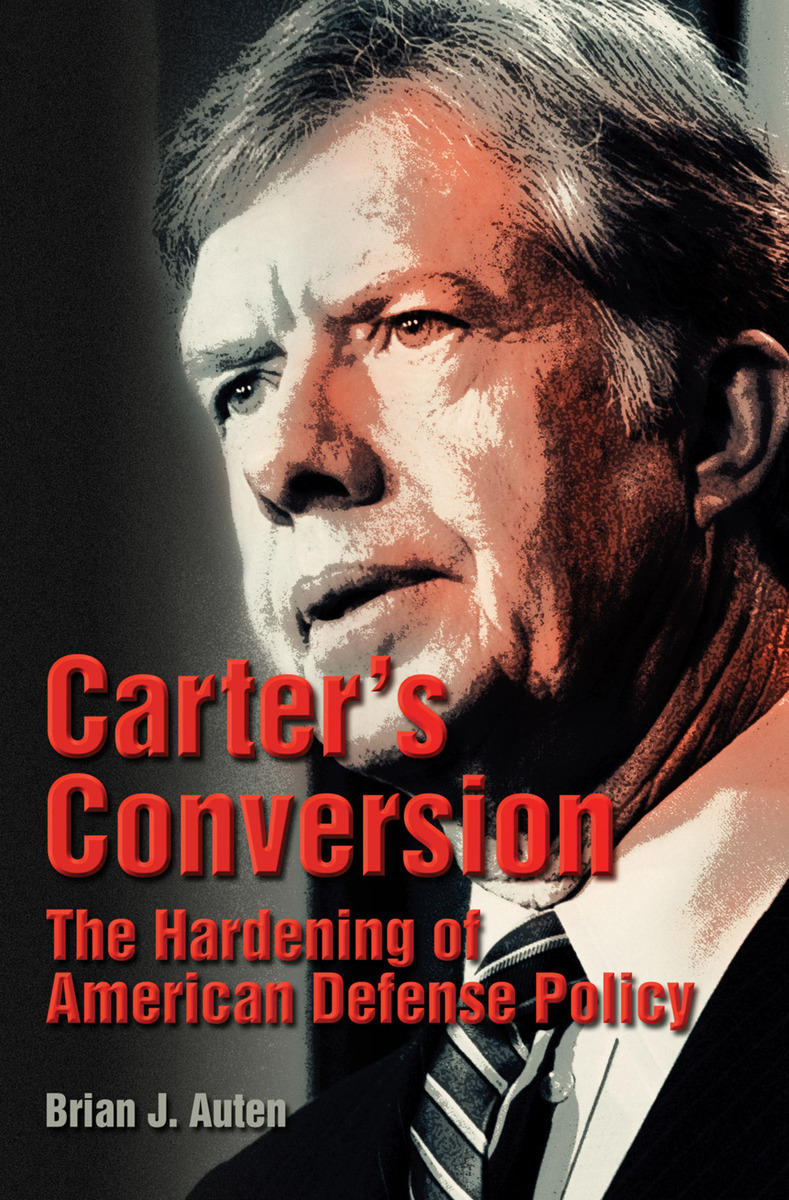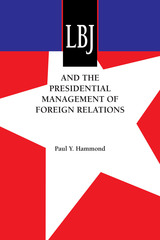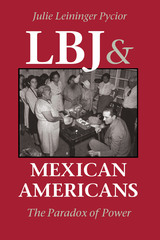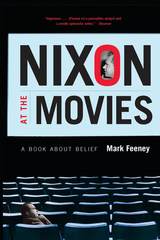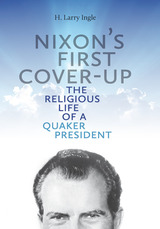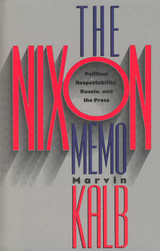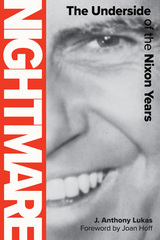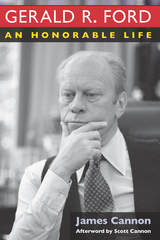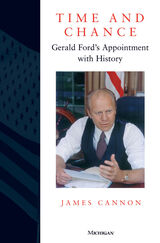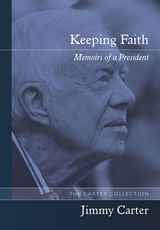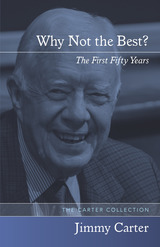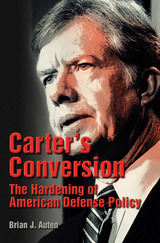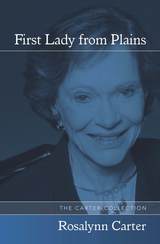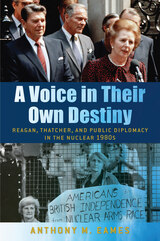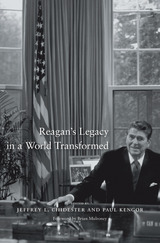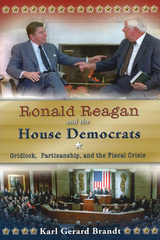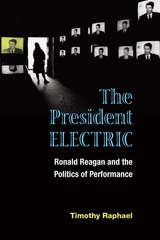Carter's Conversion: The Hardening of American Defense Policy
University of Missouri Press, 2008
eISBN: 978-0-8262-6649-1 | Cloth: 978-0-8262-1816-2
Library of Congress Classification E873.2.A98 2008
Dewey Decimal Classification 973.926092
eISBN: 978-0-8262-6649-1 | Cloth: 978-0-8262-1816-2
Library of Congress Classification E873.2.A98 2008
Dewey Decimal Classification 973.926092
ABOUT THIS BOOK | AUTHOR BIOGRAPHY | TOC
ABOUT THIS BOOK
When presidential candidate Jimmy Carter advocated defense budget cuts, he did so not only to save money but also with the hope of eventually abolishing nuclear weapons. Three yearslater, when President Carter announced his support of full-scale development of the MX missile and modernization of NATO’s Long-Range Theater Nuclear Force, it marked a dramatic policy shift for his administration.
In light of Carter’s cost-cutting in the first year of his administration, previous observers have attributed Carter’s subsequent shift either to the “shocks of 1979”—the Soviet Union’s move into Afghanistan and the seizure of power by Islamic revolutionaries in Iran—or to domestic political pressure, such as interest group activity, executive-legislative bargaining, or interbureaucratic conflict. Brian Auten now argues that these explanations only partially explain this midterm policy change.
In Carter’s Conversion, Auten reveals how strategic ideas and studies, allied relations, and arms control negotiations each worked to deflect Carter’s initial defense stance away from the policy path suggested by the prevailing international military environment. He also shows how the administration’s MX and Long-Range Theater Nuclear Force decisions subsequently hardened following significant adjustments to these three variables.
Employing the approach to international relations known as neoclassical realism, Auten demonstrates that Carter reassessed his strategic thinking and revised his policy stance accordingly. Integrating declassified documents, interviews, and private archives with a mountain of secondary sources, he provides a historical analysis of defense policy transformation over the first three years of the Carter administration and a detailed examination of how Carter and his national security team addressed challenges posed by the expansion of Soviet military power.
Full of rich history and cogent analysis, Carter’s Conversion presents a wealth of detailed arguments about how Carter adjusted his policy outlook, couched in a thorough understanding of weapons, arms control dynamics, and defense policy-making. As a revision ofcommon interpretations, it provides both an example of self-correcting policy change and a realist argument about the end of superpower détente and the start of the “Second Cold War.”
See other books on: 1924- | Arms Control | Decision making | Military policy | National security
See other titles from University of Missouri Press
